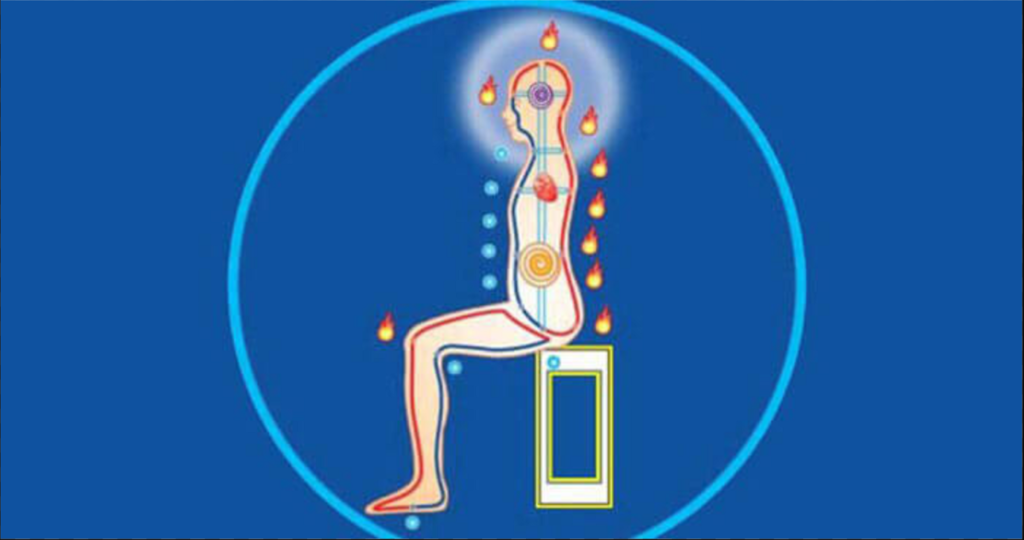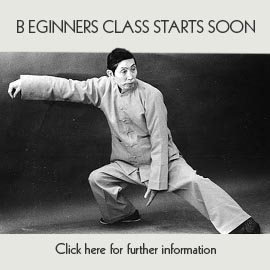When I first started out an interest in martial arts as a kid, myself and friends were wowed by the status of a black belt. It didn’t matter in what martial art as we, and many others, viewed this as mastery. It took me several years into Tai Chi to first hear about some schools employing a belt system. I could not comprehend it and still do not as Tai Chi has no discernible grades. However it does has levels of comprehension.
From within many accepted views from within Yang style, and definitely within the lineage from Dr Chi Chiang-tao to Alan Peck, there are 7 accepted levels of comprehension/competence. Let’s call them the chambers!!
1 – Force against Force
This is the stage where Tai Chi principles are not understood or employed and all action is purely physical and with exertion and the tensed use of the muscles. It is usually dislocated in that the trunk of the body, the waist and the four limbs act independently of each other, and force is manifested through isolated muscle groups tensing up divorced from other muscle groups. This level deploys all action through Li or muscular contracted force and is 100% external.
2 – Correct Technique
This was the name Dr Chi Chiang-tao gave this level and implied that the antidote to the previous level was to make all movement unified and co-ordinated. The classic statement of the “body moves as one unit” exemplifies this. At this level the correct teaching is given to allow the beginnings of internal Tai Chi to naturally develop. A co-ordinated, open and relaxed state is developed (called Song) and maintained throughout all Tai Chi movement. This in many ways is still external as we are working on the outside of bodily movements to emulate, or facilitate the natural internal process to arise and develop.
3 – Qi
This level develops for as long as we practice correct technique. With the relaxed and open state referred to as Song, all the creases and crimps of our body, inside and outside, relax deeply and let go of enough to allow an accumulation of an empty yet full sensation throughout the body. It is considered that the body now has the opportunity for Qi to develop. The whole body connected feeling becomes more tangible filling up the empty spaces like a pool of water allowing natural waves of movement to be created internally. This is in turn is what is used to mobilise the body externally. The mysterious “Qi” relates to breath and the subtle end of spectrum of energy with its opposite between Li, brute strength.
This state also deepens concentration levels of the mind causing awareness to amplify and become sensitive to the subtler end of the spectrum too.
4 – Jin
Here is a continuation and development from the previous level. Here the internal accumulation of qi or whole body movement from the inside of the body, mobilises within each posture of the form and clearly highlights the shape, form and function of each posture, both for health and martial art applications. Jin, translated as internal force, is a level where the genuine martial art side of Tai Chi is realised and develops into what makes Tai Chi a formidable defence and/attack system. In the Yang style there are many different Jin’s or qualities/functions of moving the body from the inside and not the outside.
5 – Mind
This level closely overlaps with Jin level in that the mind directs and initiates all internal movement and commands the bodily movements in yielding and attacking. Here in the internal movement is controlled by the mind. The mind or Yi has an idea of action and the command automatically creates the internal waves of movement to issue the Jin at any given time. AGain this will usually be actioned through a posture in the form, although at higher levels it can be refined where releatively little physical movement is required.
One of the other internal martial arts, Yi Chuan, focuses on developing this level quite early on as it is roughly translated as Mind Boxing. An idea arises in the mind and it is immediately carried out in the body but without the gross level of intellect and cognizance used in the Force against Force level. The mind and internal movement are inseparable and their action is immediate whilst still being open and relaxed.
6 – Shen (spirit)
This level is more advanced and more difficult to grasp. My own experiences are merely glimpses of it and I do not have a full enough experience or understanding of it. My limited understanding is that the command of the internal movement in the body is not grasped onto less by the general conscious mnd, but a more refined level of perception.
This heightened level of perception unifies the inside and outside of the body so we don’t feel like all our work is within the confines of the physical body. In the inside of our body and the external environment are harmonised into one. Our senses and perception operate at an expanded level internally and externally as one and there is no separation between the two.
7 – Natural
This level was obtained by Dr Chi Chiang-tao and Alan Peck and my understanding is that mind is completely let go of and one fully realises that there is no separation between self and other. More so it is not that you understand nature, or even learn to align with it, but you realise that you are nature and there is no duality. You have blended with nature and respond to the changes in all nature because you are nature.
Dr Chiang-tao said he believed there were two higher levels beyond the mastery level of Natural level.
Alan had said Dr Chi had just entered into the next level which he called Nothing or Emptiness level. He said it was difficult to even begin describing it as it was difficult to articulate with intellect. An example of this level was a student of his once crept up behind him whilst Dr Chi was reading sat in a chair. As the student went to attack Dr Chi within a instant the attack was neutralised and counter attacked. The student said it was a split second experience and before he knew it Dr Chi was sat unruffled reading again in his chair as if he hadn’t moved. The student asked Dr Chi how he moved so quick and what did he actually do, Dr Chi responded that he didn’t know and barely aware of the incident himself. This example would denote almost a letting go of self and a submission not just to nature but what Buddhists would describe as the inherent emptiness of all phenomena.
The next level that Dr Chi mentioned was with even less information and can only be guessed at as complete realisation.
Two important points were also made about these 7 chambers of development and they were:
- you can gain entrance into the forthcoming level without fully completing the present level. However you could not go onto the one after that without mastering the previous levels also.
- Almost as a re-iteration of above Alan said you can get glimpses of a level or even two ahead of you at times, which is a good sign that your current development is going well.
As esoteric as some of these descriptions may seem, there is a clear thread that goes through them all. That is our Tai Chi development goes from the dense to the subtle in its development. This can be illustrated with the Tai Chi diagram signified by the two fishes where the heads connect to the opposites tail. Our Tai Chi starts off as substantial Yin (gross, tense. heavy, solid and slow) and this diminishes with development to become insubstantial Yin. This is what is seen externally with the body, whereas our internal development starts out as insubstantial Yang and through development becomes substantial Yang ( Soft, light, fluid and swift) internally.
The 7 chambers help us monitor our development over the years of practice, and help us see where we are going with it. On a final note I once asked Alan about these chambers/levels and how long it took to get them and what they felt like etc. He assured me the best mode to take is not to see them as grades to be achieved and won (like a black belt), but moments of realisation to let us know we haven’t fallen off the path.


